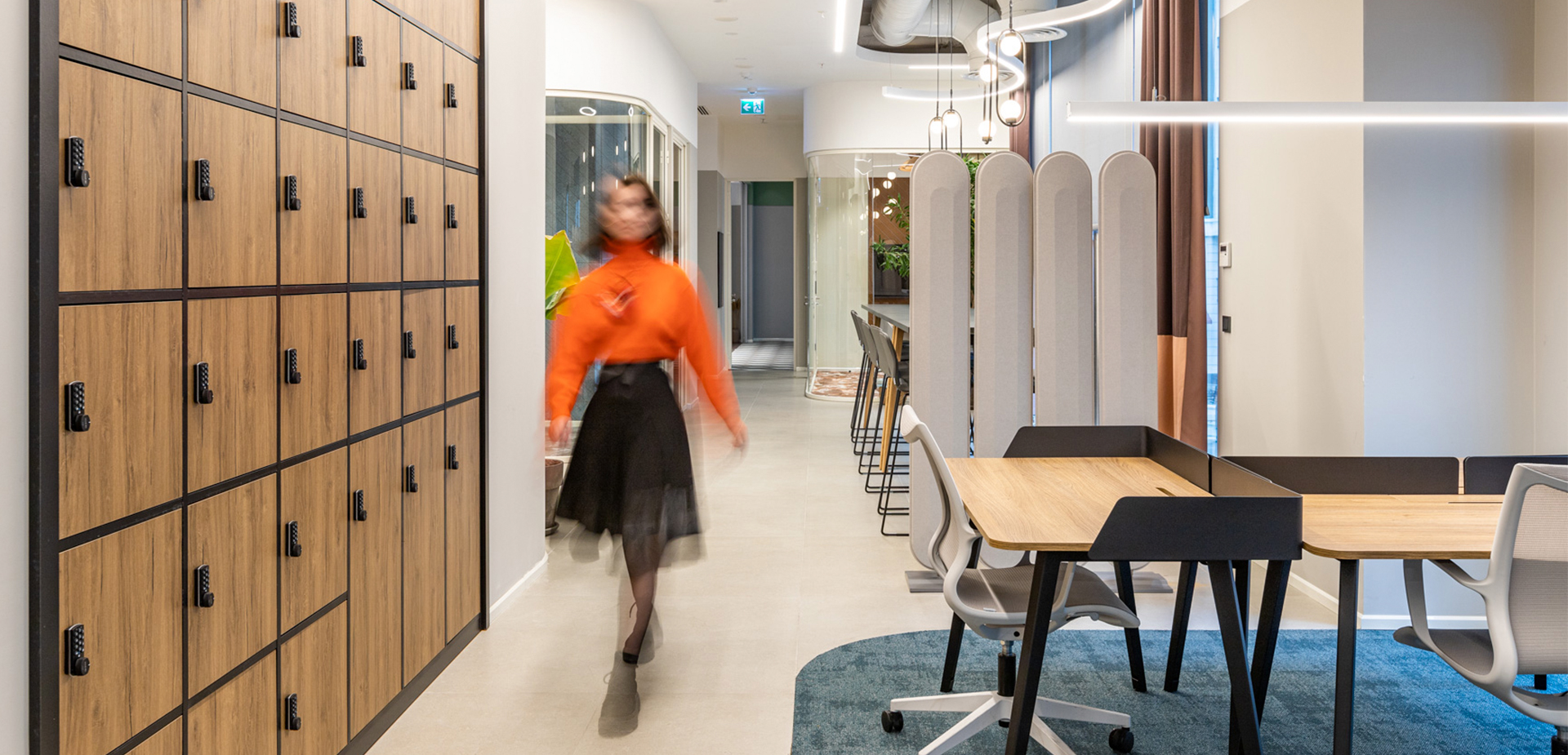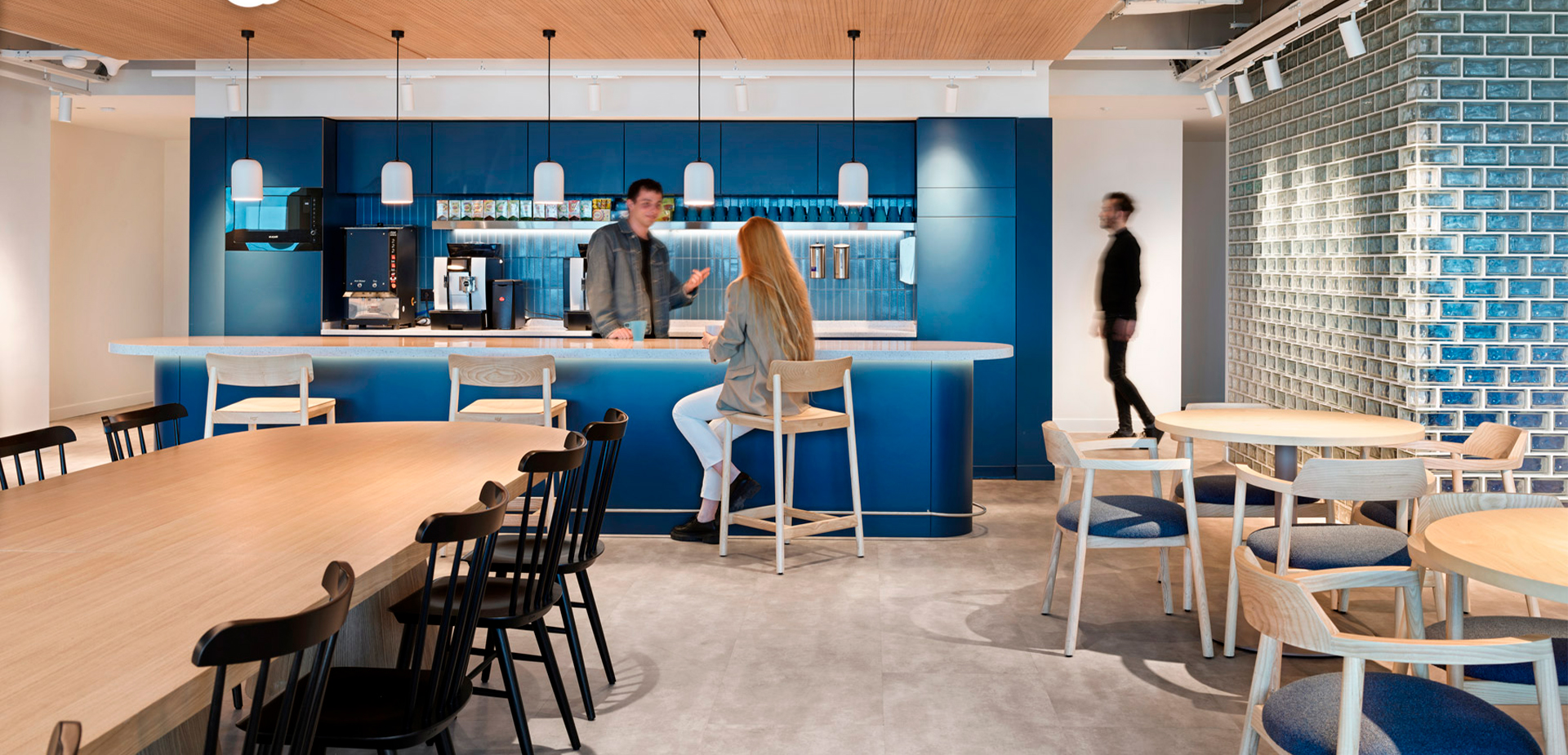-
UNDERSTANDING CONCENTRATION ZONES
The key to success in any work environment is maintaining high productivity levels. However, maintaining focus and concentration in an open-plan office can take time and effort. These workspaces, designed to promote collaboration and teamwork, often come with distractions that can hinder an individual’s ability to concentrate on tasks that require deep focus.
-
-
To combat this issue, many companies use the concept of “concentration zones” – dedicated office areas designed to foster an environment conducive to focused work. These zones are strategically placed and equipped with features that minimize distractions, allowing employees to immerse themselves in their tasks without interruptions.
-
-
CHALLENGES OF OPEN-PLAN OFFICES
Open-plan offices have gained popularity recently. However, these open spaces also present challenges for maintaining focus and concentration.
Noise levels: In an open-plan office, noise can constantly distract. Conversations, ringing phones, and the general hustle and bustle of a busy workspace can make it difficult for individuals to concentrate on tasks that require deep focus.
Visual distractions: Open-plan offices often lack physical barriers between workstations, and employees are constantly exposed to visual distractions, such as colleagues walking by or engaging in nearby conversations. These distractions can disrupt concentration and workflow.
Lack of privacy: Open-plan offices often need more private spaces where employees can retreat for focused work or confidential conversations.
Interruptions: In an open-plan setting, it’s easier for colleagues to approach and interrupt each other, intentionally or unintentionally. These interruptions can disrupt an individual’s train of thought and make it challenging to regain focus.
-
CREATING A FOCUS AREA IN YOUR WORKSPACE
Establishing a dedicated focus area within an open-plan office is essential for enhancing productivity and fostering an environment that supports deep work. Here are some key considerations when creating a focus area:
-
-
- Location: The focus area should be strategically positioned in a quieter section of the office, away from high-traffic zones and sources of noise and distraction.
- Physical boundaries: Incorporating physical boundaries, such as partitions or sound-absorbing panels, can help create a sense of separation and privacy within the focus area.
- Acoustics: Proper acoustic treatment, including sound-absorbing materials and noise-canceling technology, can significantly reduce ambient noise levels and create a more conducive environment for concentration.
- Lighting: Appropriate lighting conditions, such as adjustable task lighting or natural light, can help reduce eye strain and create a comfortable atmosphere for focused work.
- Ergonomics: Ensuring the focus area has ergonomic furniture and equipment can help reduce physical discomfort and promote better posture, increasing productivity and focus.
-
ELEMENTS OF EFFECTIVE FURNITURE DESIGN FOR YOUR FOCUS AREA
When creating furniture for a focus area in an open-plan office, it’s crucial to consider factors that contribute to establishing an environment fostering focus and productivity. Here are some essential elements to keep in mind:
Ergonomics: Ergonomically designed furniture can help reduce physical discomfort and fatigue, allowing employees to maintain focus for extended periods. Prioritizing features like adjustable height, lumbar support, and proper arm and wrist positioning can go a long way in reducing physical discomfort and fatigue.
Sound absorption: Incorporating sound-absorbing materials into furniture design can help minimize ambient noise and create a quieter environment. Acoustic panels, upholstered surfaces, or specialized sound-dampening materials can achieve this.
Privacy and enclosure: Furniture that provides a sense of enclosure and privacy can help reduce visual distractions and create a more focused environment. This is accomplished using partitions, screens, or strategically positioned furniture arrangements.
Adjustability and customization: Offering adjustable and customizable furniture options allows employees to tailor their workspace to their preferences and needs, promoting comfort and focus.
-
-
Biophilic design elements: Using natural elements, such as wood or plants, in furniture design can create a calming and rejuvenating environment, positively impacting focus and productivity.
Modular and flexible design: Modular and flexible furniture designs allow for easy reconfiguration and adaptation to changing needs, ensuring that the focus area remains practical and functional over time.
-
-
Due to the dynamic and collaborative environment, maintaining focus and concentration can be challenging in open-plan offices. However, organizations can address this challenge by creating workspaces that support collaborative and individual work, incorporating dedicated concentration zones within the office layout and strategically designing these spaces with appropriate furniture and elements. By recognizing the significance of concentration zones and actively dealing with the obstacles presented by open-plan offices, companies can improve productivity and cultivate a work environment that





